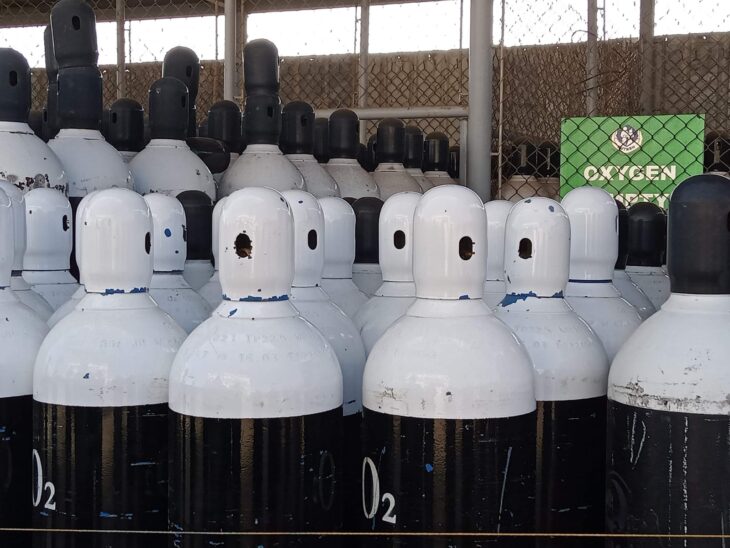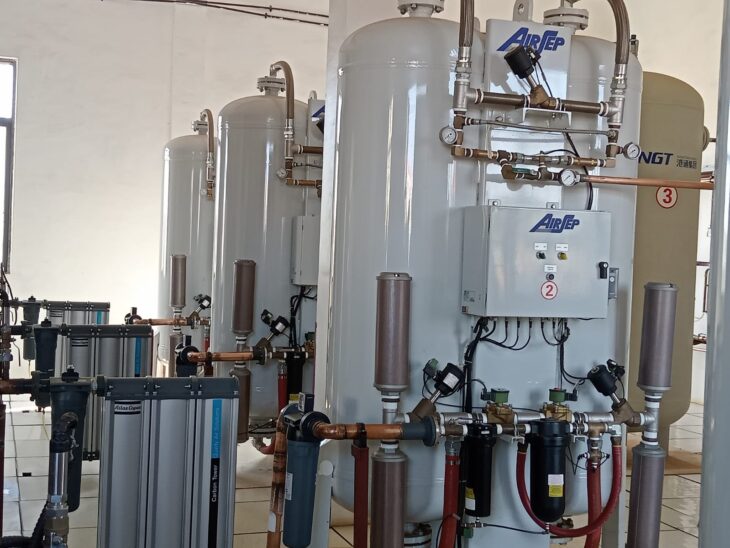NAIROBI, Kenya, May 10- The Covid-19 pandemic led to intense demand for medical-grade of oxygen in Kenya and globally, and access to oxygen was the difference between life and death, for patients with shortness of breath.
Before COVID-19, globally oxygen was rarely available in low- and middle-income countries, especially in Africa.
The pandemic turned this gap into a crisis. The health system became overwhelmed, and medical staff were forced to choose which patients would receive limited oxygen supplies and which would not.
In Kenya, while improving access to therapeutic oxygen remains critical in response to the COVID-19 pandemic, it also serves broader goals of strengthening health systems in the country.
According to UNICEF, since the start of the pandemic, laboratories around the world have been using molecular PCR tests to detect the virus that causes COVID-19.
While these provide an almost definitive result, they require laboratory infrastructure and can take several days to complete.
However, the arrival of WHO-approved rapid diagnostic tests, which are accurate, affordable, and return results quickly, brought further opportunities to curb the pandemic.
According to the World health organization, long COVID occurs to most patients who suffer from coronavirus disease 2019 (COVID-19) fully recover, but some remain with long-term effects on several body systems, including pulmonary, cardiovascular, and nervous systems, as well as psychological effects.
These effects appear to occur irrespective of the initial severity of infection.
The World Health Organization indicates that COVID-19 causes mild or moderate disease in 80 percent of people affected.
In those patients that do not become asymptomatic, approximately 15% develop severe disease requiring oxygen support, and 5 percent have respiratory failure complications.
During the pandemic, Kenyatta University Teaching and Referral Hospital was the talk of the town and even other Kenyans heard of KUTRRH for the first time because of Covid19, the hospital took in COVID-19 patients from the first case recorded in the country.
KUTRRH acting CEO Dr. Victor Njom narrates how the hospital was able to cope with a large number of patients especially by equipping its staff, and the hospital infrastructure and also increasing the level of oxygen supply.
KUTRRH was much prepared during the pandemic, the hospital management was equipped by increasing oxygen supply to a three-level capacity; liquid oxygen of 20,000 liters cylinders, a gas plant that produces 2500 liters of oxygen per minute and hundreds of oxygen cylinders as a backup with these they prepared themselves for covid 19 virus and other future pandemics.
“Long Covid19 patients may have prolonged lung disease because of the effects of covid in the lungs and they are a minority of patients and lack oxygen support,” Dr.Njom said.

“Before the discharge of patients with long COVID-19 complications, we ensure they have patient education, know what condition they have, how they are managed for and what danger signs they should present to the hospital and also our emergency contacts.”
He noted before discharge, the hospital ensures the long COVID-19 patients have no other health complications, just COVID-19 syndromes.
After the hospital reschedules the patients for clinics at the pulmonology clinic which deals with lungs and other specialized clinics which deal with other complications hypertension, diabetes, and other complications.
The facility also has rehabilitation services such as physiology psychiatry because, after COVID, there is mental straining, physiotherapy, and occupational therapy.
“Long covid is a whole process to only dealing with the lungs but managing everything and helping our patients improve their symptoms,” he said.
Want to send us a story? Contact Shahidi News Tel: +254115512797 (Mobile & WhatsApp)


